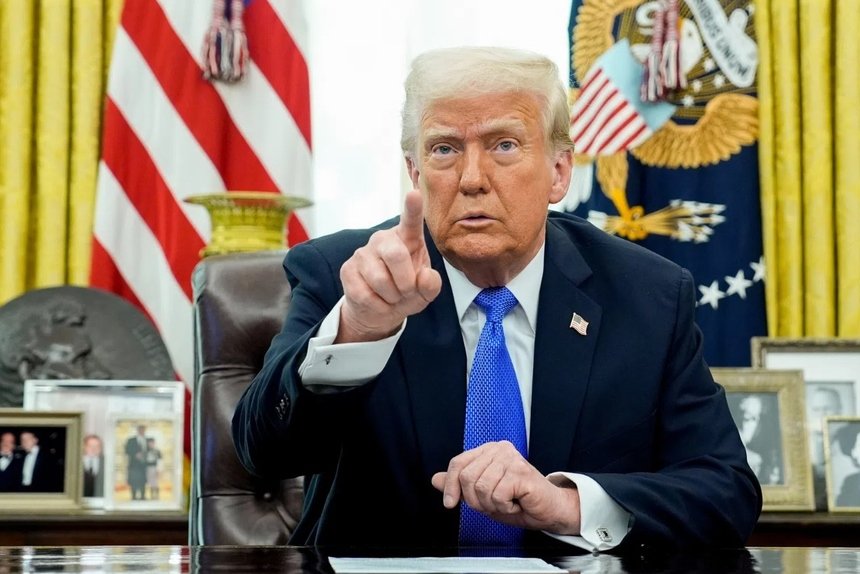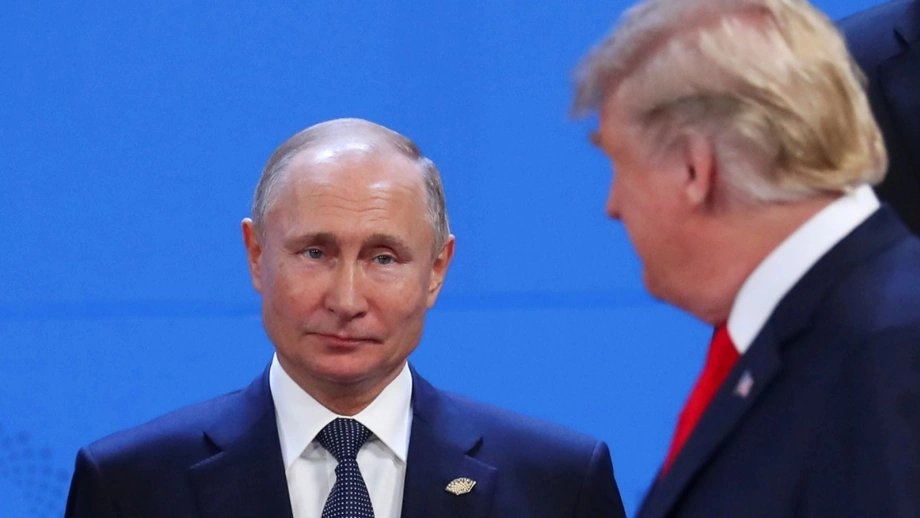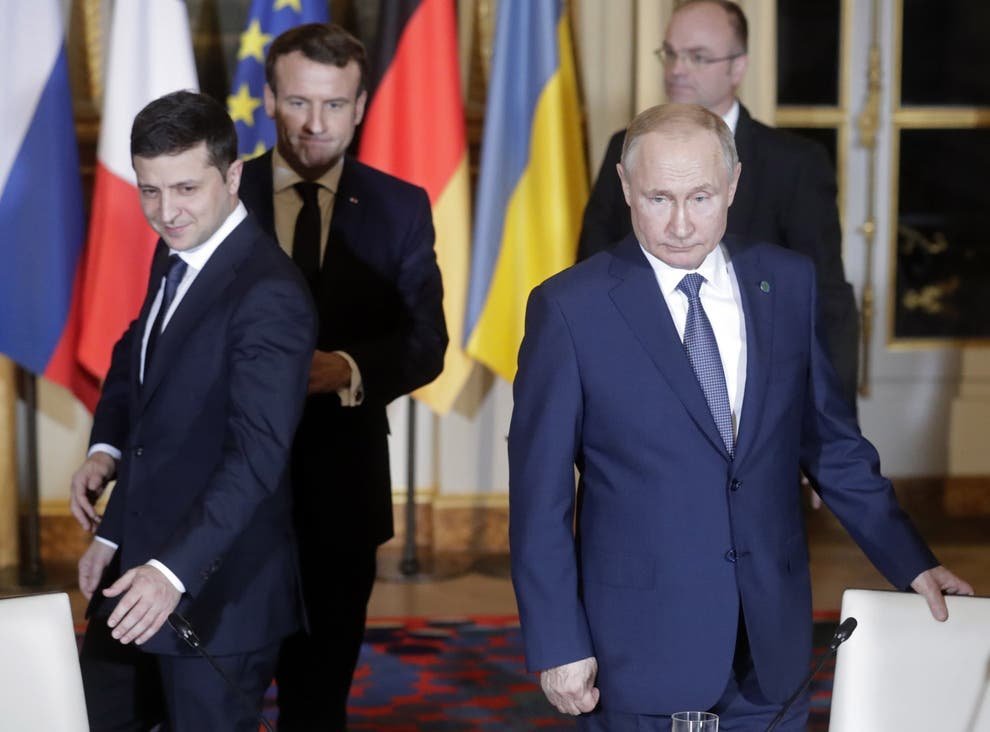The United States intelligence community has long faced significant challenges in accurately assessing the threat posed by Russia. The complexity of Russian geopolitical strategies, cyber warfare tactics, military advancements, and misinformation campaigns creates a multifaceted dilemma for US intelligence agencies. Despite having extensive resources and cutting-edge technology, intelligence analysts often struggle with incomplete information, deception tactics, and the unpredictability of Russian decision-making. This article explores the core challenges faced by US intelligence when evaluating Russia’s threats and the implications of these difficulties on national security.
## The Historical Context of US-Russia Intelligence Assessments

The Cold War set the stage for modern intelligence conflicts between the US and Russia. During this era, the United States relied heavily on espionage, satellite surveillance, and intercepted communications to gauge Soviet intentions. However, the fall of the Soviet Union in 1991 did not eliminate intelligence challenges. Instead, it led to a transformation of Russian strategies, making threat assessments even more complex.
Following the Cold War, US intelligence agencies shifted their focus from large-scale military assessments to hybrid threats, including cyber warfare, political interference, and economic espionage. Russia, under Vladimir Putin’s leadership, has strategically leveraged these unconventional warfare tactics to undermine Western democracies while maintaining plausible deniability. This shift has made it increasingly difficult for US intelligence to predict Russia’s actions with certainty.
## Key Challenges in Assessing the Russian Threat
### **1. Deceptive Military Strategies and Unpredictable Foreign Policy**
Russia’s military doctrine incorporates elements of deception, known as “maskirovka.” This includes spreading disinformation, staging false flag operations, and leveraging covert military deployments to create confusion among adversaries. The annexation of Crimea in 2014 exemplified this tactic, as Russian forces disguised as local militias swiftly took control of the region, leaving Western intelligence scrambling to respond.
Similarly, Russia’s intervention in Syria and its continued presence in Ukraine have demonstrated its ability to operate unpredictably. US intelligence analysts struggle to assess whether Russia’s next move will involve conventional military force, cyber aggression, or political subversion. This uncertainty complicates policy responses and strategic planning.

### **2. Cyber Warfare and Information Manipulation**
Cyber threats from Russia present one of the most pressing challenges for US intelligence. Russian state-sponsored hackers, such as those linked to the notorious groups APT28 (Fancy Bear) and APT29 (Cozy Bear), have been accused of infiltrating US government networks, interfering in elections, and stealing sensitive information.
Additionally, Russia employs sophisticated disinformation campaigns to manipulate public opinion. Through state-controlled media outlets like RT and Sputnik, as well as social media troll farms, Russia spreads misleading narratives that sow discord within Western societies. US intelligence agencies struggle to counter these efforts effectively, as distinguishing genuine discourse from fabricated propaganda remains a persistent challenge.
### **3. Intelligence Gaps and Human Asset Limitations**
Human intelligence (HUMINT) remains a crucial yet challenging aspect of US intelligence operations against Russia. The Kremlin has an extensive counterintelligence apparatus that makes it difficult for US operatives to recruit valuable assets within Russian institutions. Unlike during the Cold War, when defectors provided critical insights, today’s intelligence-gathering relies more on signals intelligence (SIGINT) and open-source intelligence (OSINT), which may not always provide a complete picture.
Moreover, Russia’s deep-rooted culture of secrecy and misinformation further complicates intelligence assessments. The Kremlin frequently uses controlled leaks and contradictory messaging to confuse Western analysts, making it harder to discern genuine threats from intentional distractions.

### **4. Geopolitical Ambiguity and Gray Zone Tactics**
Russia excels in operating within the “gray zone”—a space between war and peace where it exerts influence without triggering direct military confrontation. Tactics such as economic coercion, energy weaponization, and proxy conflicts in regions like Africa and the Middle East allow Russia to challenge US interests subtly yet effectively.
For instance, Russia’s involvement in Venezuela and its growing presence in Africa demonstrate its ability to expand influence without overt military engagement. US intelligence faces difficulties in predicting how these activities will evolve and impact global stability.
## The Consequences of Misjudging Russia’s Threat Level
Misjudging Russia’s intentions can have severe consequences for US national security and global stability. Overestimating the threat could lead to unnecessary military buildups, increased tensions, and costly misallocations of resources. Conversely, underestimating Russia’s capabilities could leave the US vulnerable to cyberattacks, election interference, and strategic surprises.
One notable example is the intelligence failure leading up to Russia’s full-scale invasion of Ukraine in 2022. While US intelligence accurately predicted the invasion, debates within policy circles delayed decisive actions that could have deterred Russian aggression earlier. Such miscalculations highlight the critical need for accurate and timely intelligence assessments.
## Potential Solutions to Strengthen US Intelligence Assessments

### **1. Enhancing Cyber Defense and Counter-Disinformation Measures**
The US must invest in stronger cybersecurity infrastructure and develop advanced AI-driven tools to detect and counter Russian cyber threats more effectively. Additionally, intelligence agencies should collaborate with social media platforms to curb the spread of Russian disinformation while respecting free speech rights.
### **2. Strengthening Intelligence Collaboration with Allies**
Working closely with NATO and other Western allies can provide a more comprehensive view of Russian activities. Intelligence-sharing agreements and joint operations can help mitigate intelligence gaps and improve the accuracy of threat assessments.
### **3. Expanding Human Intelligence Capabilities**
Recruiting sources within Russia remains a significant challenge, but US intelligence should explore innovative methods to gather insider information. Investing in cyber espionage and leveraging defectors or dissidents could help bridge the HUMINT gap.
### **4. Implementing Predictive Analytics and AI in Threat Assessment**
Artificial intelligence and big data analytics can play a crucial role in forecasting Russia’s next moves. By analyzing historical patterns, geopolitical shifts, and cyber activities, AI-driven intelligence models can enhance the accuracy of threat predictions.
## Conclusion
The dilemma faced by US intelligence when assessing the threat from Russia is unlikely to disappear in the near future. As Russia continues to adapt its strategies and exploit vulnerabilities in the global security landscape, US intelligence agencies must remain agile, innovative, and proactive. By addressing intelligence gaps, enhancing cybersecurity, and leveraging international partnerships, the United States can better navigate the complexities of the Russian threat and safeguard its national security interests.
